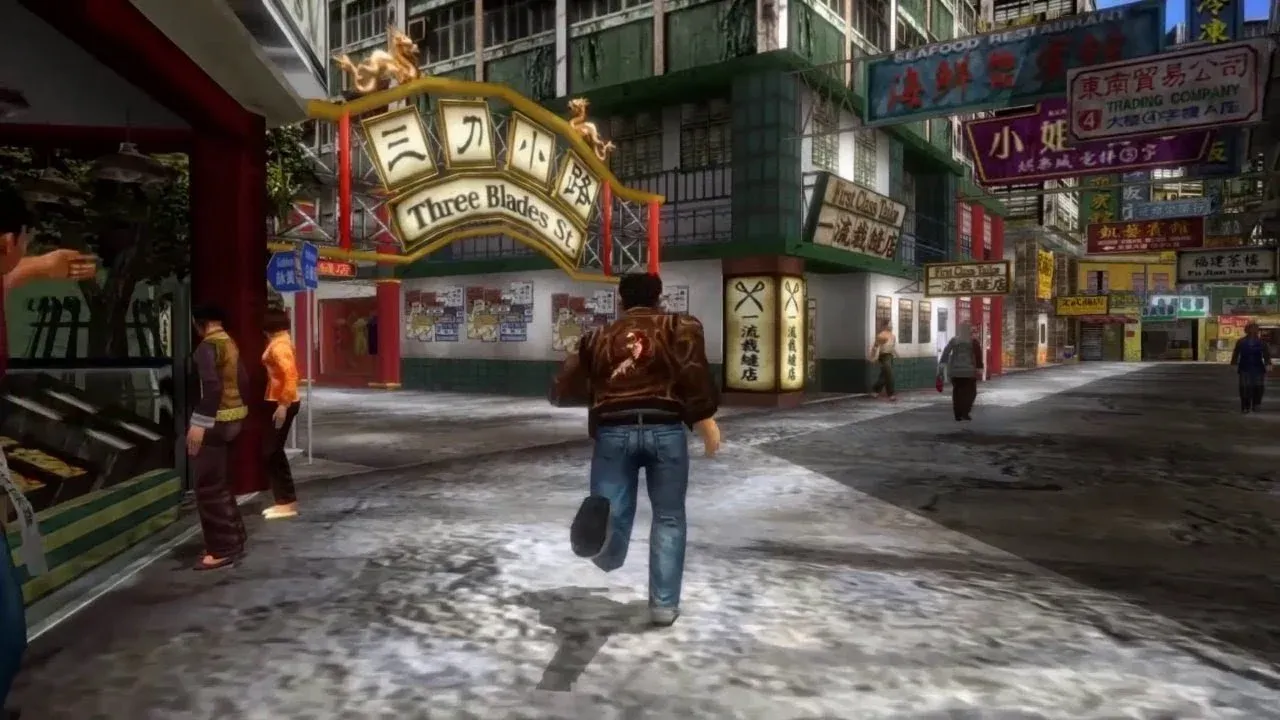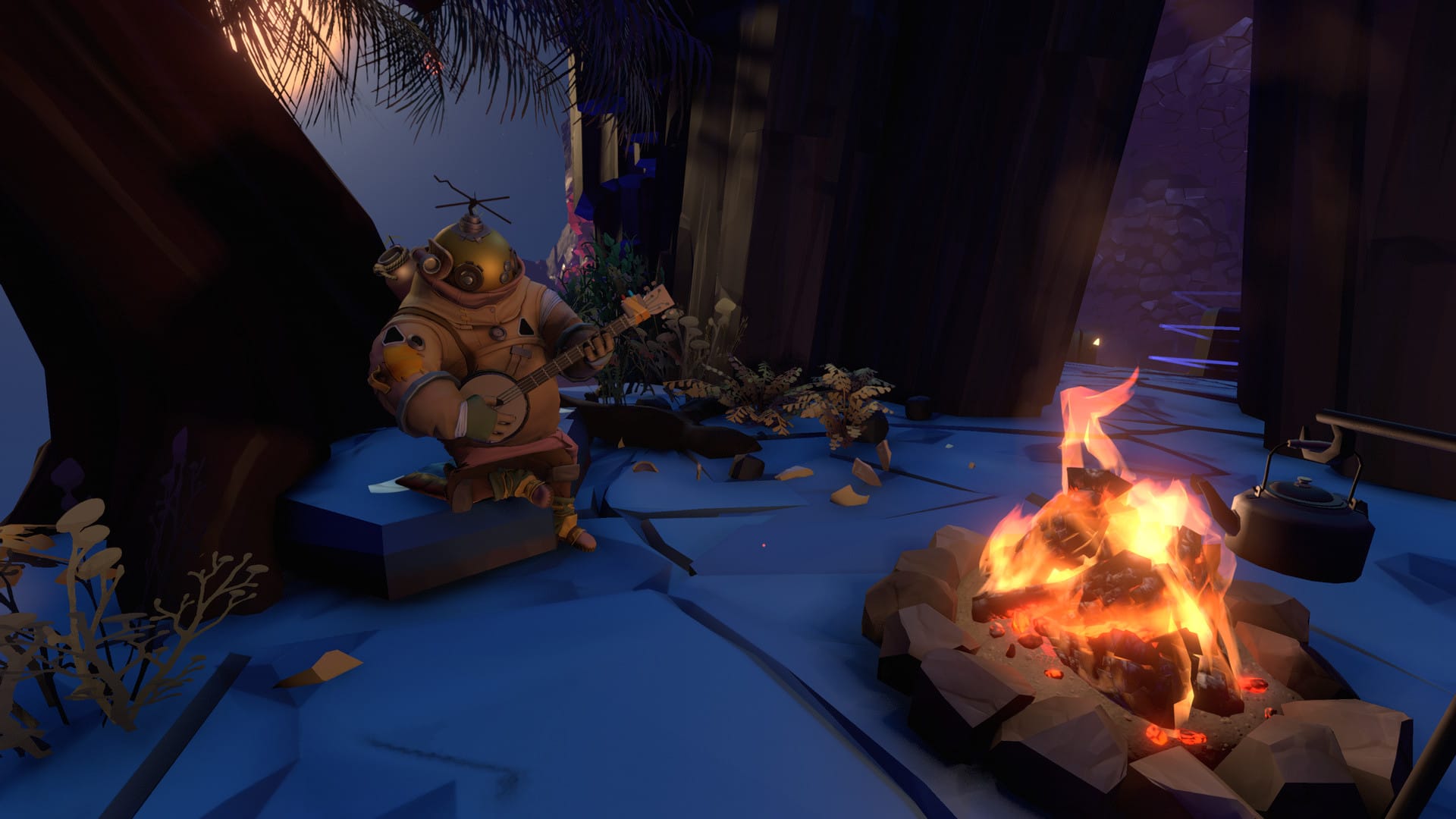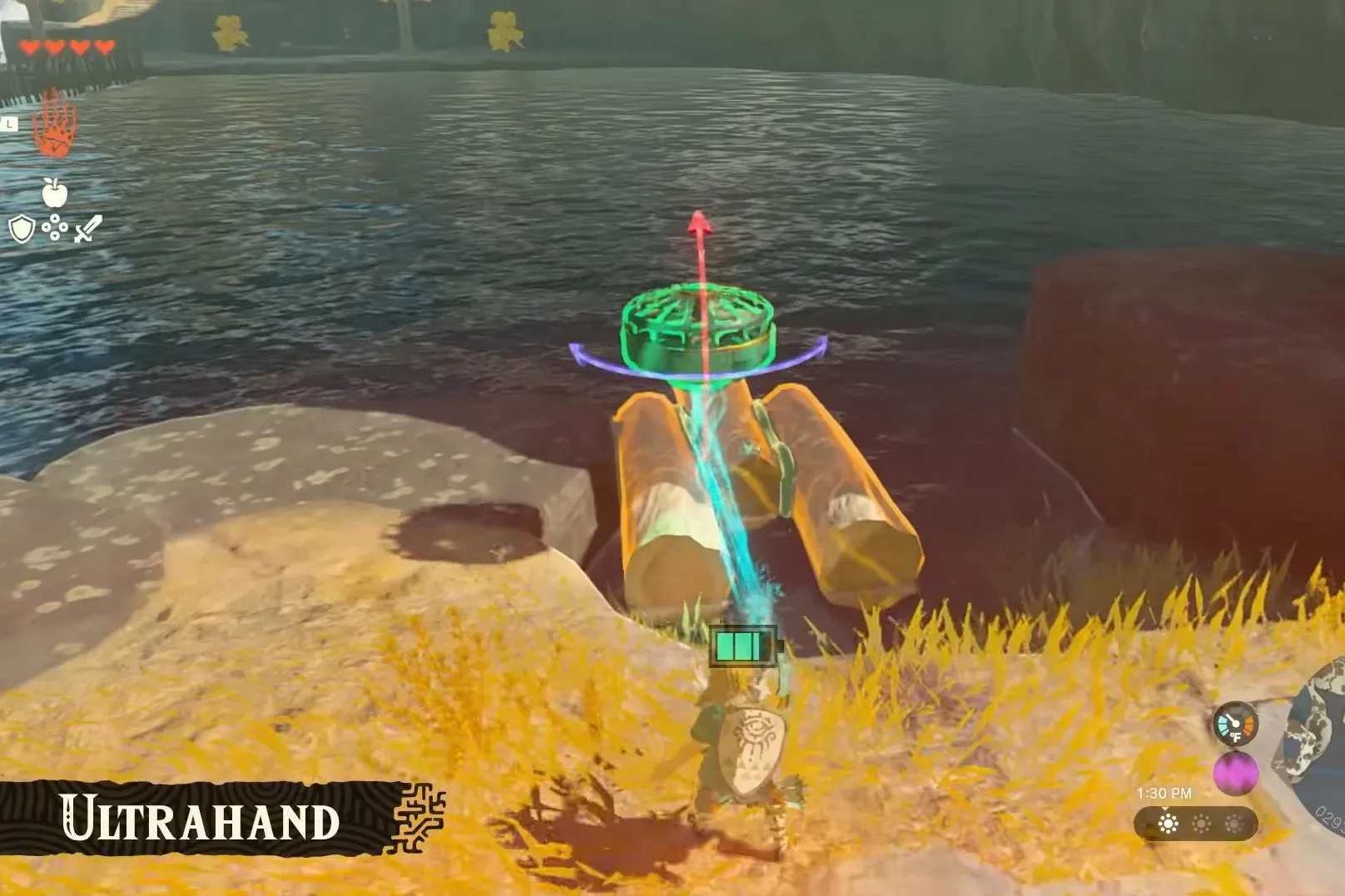How bold design, systems-first thinking, and audacious tech let these games touch the future before everyone else caught up.
Some games don’t just innovate—they reset expectations. The ten picks below weren’t merely great; they arrived early with ideas the rest of the medium needed years to absorb. We weight more recent breakthroughs (where the ripple is still widening), while keeping room for a few older, truly seminal outliers. The countdown goes from “important” to “era-defining”—with the very best at #1.
10) Shenmue (1999)

Sega AM2’s Dreamcast epic imagined a living city decades before “open world” became a default genre. Shops opened and closed on schedules; strangers had homes, jobs, and habits; weather rolled in and out; and you could waste an afternoon in capsule-toy machines or the arcade—because that’s what real life feels like. That fidelity made Yokosuka more than a backdrop; it was a simulation to inhabit. Shenmue also popularized and named the “quick time event,” a cinematic input idea that went everywhere in the 2000s. All of this came wrapped in lavish production values for 1999 and a cinematic framing few games had attempted. The cost was notorious; the influence, undeniable. Later sandboxes—from Yakuza to GTA III-era city sims—echo its everyday-life detail and clockwork NPC routines. If it launched ten years later, critics would’ve called it “next-gen immersion.”
9) Portal (2007)

Portal arrived as a short puzzle game with a big idea: space as a verb. The Aperture Science device didn’t just teleport you; it preserved momentum through portals, turning Newtonian physics into a toybox for problem solving. Valve hired the student team behind Narbacular Drop and built a minimalist marvel that taught players to reason about vectors, angles, and speed without a single pop-up tutorial. GLaDOS’s sardonic narration, the Companion Cube, and “Still Alive” became instant cultural touchstones—but the miracle is mechanical clarity. Portal proved a game could be tiny, laser-focused, and still reshape our design vocabulary; downstream, it sharpened how developers teach complex systems without friction. It remains one of the cleanest demonstrations that changing one rule can yield totally novel play.
8) Middle-earth: Shadow of Mordor (2014)

Monolith’s Nemesis System didn’t just generate enemies; it generated stories. Orc captains remembered you, taunted you, rose through ranks if they killed you, and returned scarred to settle scores. The hierarchy churned behind the scenes, producing vendettas and emergent arcs that felt authored, yet were yours. That personalization of antagonists made Mordor’s world strangely intimate—players left with their own rogues’ galleries. The idea was so distinctive that Warner Bros. later patented it, a controversial move that helps explain why more games didn’t iterate on it immediately. But the design reverberated anyway, nudging AI-driven narrative forward and reframing failure as fuel. Today’s chatter about “dynamic storytelling” often reads like it’s chasing what Mordor nailed in 2014.
7) No Man’s Sky (2016)

At launch, No Man’s Sky felt like science fiction achieved: a procedurally generated galaxy so vast—18 quintillion planets—that no QA team could meaningfully catalog it. Over time, its ambition found its footing through an unprecedented cadence of free updates, expanding systems (base-building, expeditions, living ships, VR, and more) and, most recently, massive overhauls to worlds themselves. The result is a case study in live, ever-improving technology and content pipelines, as well as a demonstration of how one small studio leveraged maths, cloud-era iteration, and player feedback to turn a staggering generative canvas into a place worth inhabiting. Today it’s both a game and an evolving tech platform—a bridge to Hello Games’ next planet-scale simulation.
6) The Legend of Zelda: Breath of the Wild (2017)

Nintendo didn’t just make Hyrule huge; it made it systemic. BotW’s designers paired traditional physics with what they called a “chemistry engine”—a consistent set of elemental rules (fire, electricity, wind, ice, water) that interact with materials and terrain. Because the rules are trustworthy, experimentation feels rewarding: metal conducts lightning, grass fires create updrafts, and a stray boulder can be a boss strategy. The 2017 GDC talk “Change and Constant” laid out the philosophy: reduce scripting, increase multiplicative possibilities, and let players say “I’m a genius!” through emergent solutions. That mindset quietly transformed open worlds industry-wide, pushing designers to favor simulation over waypoints and checklists.
5) Death Stranding (2019)

Hideo Kojima pitched a new genre—a “strand” game—and delivered a starkly original systems loop: traversal as design, logistics as meaning, and asynchronous cooperation as the default. Players build roads, ladders, and safehouses that populate other players’ worlds, receive “likes” for helpful infrastructure, and feel the quiet warmth of aid from strangers they’ll never meet. It’s multiplayer without lobbies, griefing, or chat—a network of indirect kindness foregrounded years before “cozy” online design became a buzzword. Combined with top-tier performance capture and the Decima engine’s landscapes, Death Stranding is as much about connection as completion. Its ideas continue with the sequel—but the spark was born here.
4) Outer Wilds (2019)

A full solar system—erosion, tides, quantum weirdness, brittle planets—ticks along under a hard constraint: the 22-minute time loop before the sun goes supernova. Knowledge, not loot, is the progression currency, and your growing understanding turns once-impossible routes into elegant speedlines. That structure feels like playable astrophysics, not a puzzle hub wearing a space suit. Outer Wilds trusts you profoundly; it nudges instead of nags, and then lets your curiosity write the itinerary. Its BAFTA win and GOTY nods weren’t just for narrative charm—they were for the audacity of simulating a clockwork cosmos that resets without feeling repetitive. Few games since have matched its synthesis of world logic, mystery, and exploration.
3) Half‑Life: Alyx (2020)

As a VR-only return to City 17, Alyx didn’t treat virtual reality as a novelty; it treated it as the point. The physicality of reloading, the tactile “gravity gloves” yank, the way you peer around corners or scribble on windows—these aren’t gimmicks, they’re grammar. Valve fused Source 2’s physics with motion-tracked hands and comfort-minded movement options, setting a standard for full-length, high-budget VR design that felt authored, not experimental. Even critics skeptical about VR’s audience called Alyx a watershed: you feel presence, precision, and peril in ways flatscreen shooters can’t match. It’s less about tech demos and more about a complete campaign that proved what VR could be when the best systemic storytellers commit.
2) Microsoft Flight Simulator (2020)

This is what happens when a genre merges with the cloud. Asobo stitched together 2.5 petabytes of Bing Maps photogrammetry, streamed it from Azure, layered in real-time atmospheric simulation, live weather, and even AI-generated ATC voices—crafting a planet-scale digital twin you can fly across in one seamless session. The achievement wasn’t just visual; it was infrastructural, a blueprint for games that treat Earth as a living service, constantly updated with world refreshes and community content. For sim fans, it resurrected a classic; for everyone else, it previewed a future where games are as much platform as product. The bar for “open world” moved from continents to the continent of all continents: our own.
1) The Legend of Zelda: Tears of the Kingdom (2023)

Tears of the Kingdom takes BotW’s systemic base and goes fully engineering sandbox. The headline abilities—Ultrahand for assembly and Fuse for improvisational weapon design—only worked because Nintendo made almost everything physics-driven, a breathtaking technical choice the team has discussed openly. The payoff is creative freedom: build bridges, hovercrafts, mech suits, or Rube Goldberg contraptions, and watch them behave believably in a world that rarely says “no.” It’s a feat of robustness as much as design; when any two pieces can potentially combine, the code must be resilient to chaos. By centering player invention, ToTK mainstreamed construction-as-adventure and set a new standard for emergent problem solving in AAA design. Simply put: this one didn’t just get there first—it went the farthest.
Three things these games taught the rest of the industry
- Trust systems over scripts. From BotW/ToTK’s chemistry-and-physics stack to Outer Wilds’ clockwork solar system, robust rules beat bespoke setpieces for long-tail depth.
- Make failure interesting. Shadow of Mordor turned death into drama via Nemesis; Outer Wilds turned resets into revelations.
- Think beyond the box. Alyx redefined interaction by committing to VR; Flight Simulator scaled up by treating the cloud as part of the console.
Alternate picks worth shouting out (but just missed our 10)
Journey (2012) for its anonymous, emotional co-op; Returnal (2021) for SSD-age instant transitions and run-based third-person combat; Shadow of the Colossus (2005) for the boss-as-landscape thesis; Fortnite (2017–) for real-time in-game events and UGC tooling. (Not ranked—just applauded.)





